One of the UK’s leading technical events – Cereals – was back again this year and boasted a fresh new look. Under the new event owners Comexposium, which has experience with several large European events (including the Paris-based Sima), the layout of the show was arranged this year in an attempt to make it more relevant and technically focused.
This followed an extensive industry consultation in response to dwindling numbers of attendees over the past number of years. Across 45ha of stands and live demonstrations, the show took place in Cambridgeshire from 13-14 June.
While numbers were once again noticeably down on previous years and there were a number of big names absent from the exhibitors’ area, the show still delivered a number of new innovations and insight. Below are some of the key highlights from this year’s event.
For all the highlights from the machinery exhibitors this year, click here.
While the absence of the usual AHDB crop plots at the centre of the event were noticeable, there were plenty of plots featuring varieties available both in the UK and Ireland. There were a number of newer varieties which gained a lot of attention.
Hybrid wheat: Cropco confirmed on the day that a batch of hybrid winter wheat seed was on its way to Ireland, so growers may be interested in the advantages of the varieties. There were two plots of hybrid wheat on trial, Hyguardo and Hybiza. The varieties offer faster, vigorous establishment and lower seeding rates, as well as earlier maturity. Seed costs are around double the cost of conventional seed.
Winter barley: Limagrain showcased its latest variety LG Diablo, the highest-yielding barley in 2018/19 on the UK recommended list, with good lodging and brackling resistance.
Spring barley: RAGT showcased its latest spring barley variety RGT Asteroid, a malting variety suited to the Scottish distilling market.
WOSR: The new conventional oilseed variety KWS Django was the latest offering from KWS and boasted a strong disease package and high yielding.
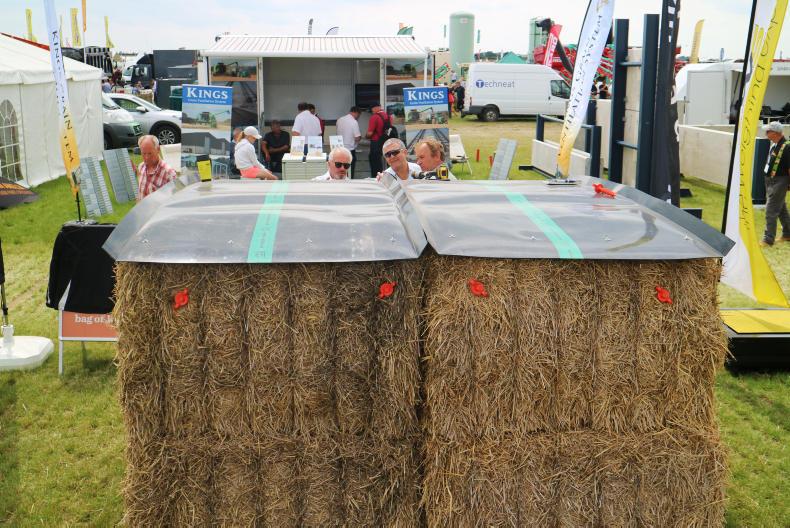
The Hay Cap is a plastic cover which is secured to the top row of a bale stack to protect the bales from weather.
New to the event this year was the Conversations and Controversial marquees, which hosted speaker-led sessions and debates on topical issues affecting the arable industry.
Needless to say, Brexit emerged as an important theme.
The fit for the future debate, held on Wednesday morning, explored what the future food supply chain may look like in the absence of subsidies.
While much was said, the reality of the situation is that the outlook for the UK farming industry is as uncertain now as it was at the time of the Brexit vote.
While the opportunities to explore new markets for UK produce was mentioned extensively, the real threat of food imports from non-EU nations reaching UK supermarket shelves emerged as a major concern.
The focus of the debate shifted somewhat from exploring new opportunities to defending existing UK markets.
Protecting support payments or ensuring the commercial viability of farms was also highlighted as an important requirement of Michael Gove’s Green Brexit vision.
“If Brexit goes the wrong way, if subsidies go and we can’t make it pay or work, then I’ll have to stop farming,” stated panel speaker James Price, an Oxfordshire-based tillage farmer.
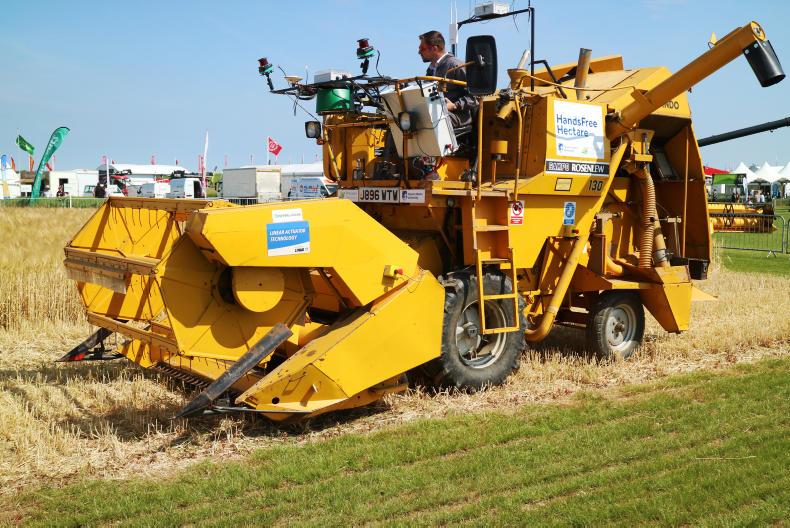
The Hands Free Hectare team was on hand to demonstrate its innovations.
Blackgrass resistance
testing kit
Demonstrations of a pregnancy-style testing kit which can be used on the farm to detect the presence of non-target site resistance (NTSR) to herbicides in blackgrass was a highlight at this year’s event.
The BReD testing kit was developed by Newcastle University and Mologic Ltd and can detect the presence of the glutathione transferase protein in blackgrass samples which indicates the presence of NTSR herbicide resistance.
The kit can be used in the field and delivers results within five minutes. The system has potential to be adjusted for wild oat and AMG resistance detection and the team intends to begin working on determining the biomarkers for brome grasses. The kit retails for around £40 and includes five testing strips.
With over 2,000ha of soya beans grown in the UK in 2017, growers got the chance to learn more about the agronomy of the crop and their margins. The crop can be successfully grown in most parts of England.
The crop is planted in late April/early May in a fine moist seedbed. The crop requires a pre-emergence and post-emergence weed control, a fungicide application, necessary P and K and a pre-harvest desiccant. Soya UK offers contracts for soya production. At a price of £375/t and a yield of 2.47t/ha, growers can expect a gross margin of £654/ha.
These flatpack chemical storage containers are produced in Turkey by the same company that builds Armatrac tractors. They’re galvanised and powder-coated, ensuring they’re weather-proof and water-tight. A 2m x 3m bunded chemical store with galvanised grid flooring comes in at £1,990.
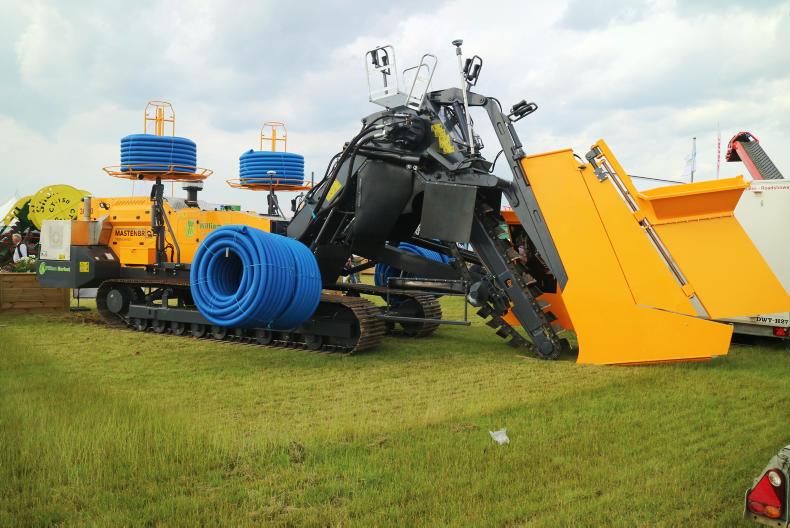
The Mastenbroek trencher was on display at this year's event.
As always, there was an abundance of research updates from various organisations.
Straw burning and blackgrass resistance: The burning of straw was found to only partially reduce the pressure on herbicides against blackgrass resistance. Burning may have delayed the spread of resistance, but it didn’t prevent it.
Cultivation choice: The long-running STAR research found that ploughing tended to give the highest yields in the UK, but the margins were barely distinguishable across all establishment systems.
Herbicide performance on later-sown crops: Another blackgrass control-themed research update suggested that later drilling of winter wheat in October, combined with a later application of a herbicide, gave greater control of the weed when compared with September-sown wheat.
The Tunit Advantage 2B was also on display at this year’s event and offers performance tuning to agricultural vehicles. The Tunit Advantage fits through original manufacturers’ plugs and boasts capabilities of boosting power, torque, fuel efficiency, reduced emissions and comes with a five-year warranty and two-year engine warranty.
Farmers are advised to check with warranties on new machines before installing the system.
The Graindex application allows grain buyers and sellers to access an online grain trading marketplace.
There are two two-hour trading periods every week day within the online marketplace. Farmers upload what they are marketing, eg 50t of group one winter wheat, during one of those trading periods. Buyers place bids for the contract.
At the end of the marketing period, farmers are emailed a list of the bids from buyers, including the ex-farm prices offered and contract specs and then have 20 minutes to accept or decline the offer.
In Britain, 30,000 farmers signed up to the service, as well as over 40 merchants and grain buyers.
The Hay Cap is a plastic cover which is secured to the top row of a bale stack to protect the bales from weather. For every 1in of rain that falls on an exposed 8x4 bale, 75 litres of water is absorbed.
The Hay Cap diverts rainfall over the edges of the stack, preventing rainfall absorption on the top row of bales. The cap is fixed to the bale via wire cord which is securely fix into place with plastic screw anchors. The cap is fitted at ground level. Each cap retails at around £60.
Read more
Grain report: recent politics displaces weather market
Tillage management: season moving on as dryness bites many spring crops
One of the UK’s leading technical events – Cereals – was back again this year and boasted a fresh new look. Under the new event owners Comexposium, which has experience with several large European events (including the Paris-based Sima), the layout of the show was arranged this year in an attempt to make it more relevant and technically focused.
This followed an extensive industry consultation in response to dwindling numbers of attendees over the past number of years. Across 45ha of stands and live demonstrations, the show took place in Cambridgeshire from 13-14 June.
While numbers were once again noticeably down on previous years and there were a number of big names absent from the exhibitors’ area, the show still delivered a number of new innovations and insight. Below are some of the key highlights from this year’s event.
For all the highlights from the machinery exhibitors this year, click here.
While the absence of the usual AHDB crop plots at the centre of the event were noticeable, there were plenty of plots featuring varieties available both in the UK and Ireland. There were a number of newer varieties which gained a lot of attention.
Hybrid wheat: Cropco confirmed on the day that a batch of hybrid winter wheat seed was on its way to Ireland, so growers may be interested in the advantages of the varieties. There were two plots of hybrid wheat on trial, Hyguardo and Hybiza. The varieties offer faster, vigorous establishment and lower seeding rates, as well as earlier maturity. Seed costs are around double the cost of conventional seed.
Winter barley: Limagrain showcased its latest variety LG Diablo, the highest-yielding barley in 2018/19 on the UK recommended list, with good lodging and brackling resistance.
Spring barley: RAGT showcased its latest spring barley variety RGT Asteroid, a malting variety suited to the Scottish distilling market.
WOSR: The new conventional oilseed variety KWS Django was the latest offering from KWS and boasted a strong disease package and high yielding.

The Hay Cap is a plastic cover which is secured to the top row of a bale stack to protect the bales from weather.
New to the event this year was the Conversations and Controversial marquees, which hosted speaker-led sessions and debates on topical issues affecting the arable industry.
Needless to say, Brexit emerged as an important theme.
The fit for the future debate, held on Wednesday morning, explored what the future food supply chain may look like in the absence of subsidies.
While much was said, the reality of the situation is that the outlook for the UK farming industry is as uncertain now as it was at the time of the Brexit vote.
While the opportunities to explore new markets for UK produce was mentioned extensively, the real threat of food imports from non-EU nations reaching UK supermarket shelves emerged as a major concern.
The focus of the debate shifted somewhat from exploring new opportunities to defending existing UK markets.
Protecting support payments or ensuring the commercial viability of farms was also highlighted as an important requirement of Michael Gove’s Green Brexit vision.
“If Brexit goes the wrong way, if subsidies go and we can’t make it pay or work, then I’ll have to stop farming,” stated panel speaker James Price, an Oxfordshire-based tillage farmer.

The Hands Free Hectare team was on hand to demonstrate its innovations.
Blackgrass resistance
testing kit
Demonstrations of a pregnancy-style testing kit which can be used on the farm to detect the presence of non-target site resistance (NTSR) to herbicides in blackgrass was a highlight at this year’s event.
The BReD testing kit was developed by Newcastle University and Mologic Ltd and can detect the presence of the glutathione transferase protein in blackgrass samples which indicates the presence of NTSR herbicide resistance.
The kit can be used in the field and delivers results within five minutes. The system has potential to be adjusted for wild oat and AMG resistance detection and the team intends to begin working on determining the biomarkers for brome grasses. The kit retails for around £40 and includes five testing strips.
With over 2,000ha of soya beans grown in the UK in 2017, growers got the chance to learn more about the agronomy of the crop and their margins. The crop can be successfully grown in most parts of England.
The crop is planted in late April/early May in a fine moist seedbed. The crop requires a pre-emergence and post-emergence weed control, a fungicide application, necessary P and K and a pre-harvest desiccant. Soya UK offers contracts for soya production. At a price of £375/t and a yield of 2.47t/ha, growers can expect a gross margin of £654/ha.
These flatpack chemical storage containers are produced in Turkey by the same company that builds Armatrac tractors. They’re galvanised and powder-coated, ensuring they’re weather-proof and water-tight. A 2m x 3m bunded chemical store with galvanised grid flooring comes in at £1,990.

The Mastenbroek trencher was on display at this year's event.
As always, there was an abundance of research updates from various organisations.
Straw burning and blackgrass resistance: The burning of straw was found to only partially reduce the pressure on herbicides against blackgrass resistance. Burning may have delayed the spread of resistance, but it didn’t prevent it.
Cultivation choice: The long-running STAR research found that ploughing tended to give the highest yields in the UK, but the margins were barely distinguishable across all establishment systems.
Herbicide performance on later-sown crops: Another blackgrass control-themed research update suggested that later drilling of winter wheat in October, combined with a later application of a herbicide, gave greater control of the weed when compared with September-sown wheat.
The Tunit Advantage 2B was also on display at this year’s event and offers performance tuning to agricultural vehicles. The Tunit Advantage fits through original manufacturers’ plugs and boasts capabilities of boosting power, torque, fuel efficiency, reduced emissions and comes with a five-year warranty and two-year engine warranty.
Farmers are advised to check with warranties on new machines before installing the system.
The Graindex application allows grain buyers and sellers to access an online grain trading marketplace.
There are two two-hour trading periods every week day within the online marketplace. Farmers upload what they are marketing, eg 50t of group one winter wheat, during one of those trading periods. Buyers place bids for the contract.
At the end of the marketing period, farmers are emailed a list of the bids from buyers, including the ex-farm prices offered and contract specs and then have 20 minutes to accept or decline the offer.
In Britain, 30,000 farmers signed up to the service, as well as over 40 merchants and grain buyers.
The Hay Cap is a plastic cover which is secured to the top row of a bale stack to protect the bales from weather. For every 1in of rain that falls on an exposed 8x4 bale, 75 litres of water is absorbed.
The Hay Cap diverts rainfall over the edges of the stack, preventing rainfall absorption on the top row of bales. The cap is fixed to the bale via wire cord which is securely fix into place with plastic screw anchors. The cap is fitted at ground level. Each cap retails at around £60.
Read more
Grain report: recent politics displaces weather market
Tillage management: season moving on as dryness bites many spring crops







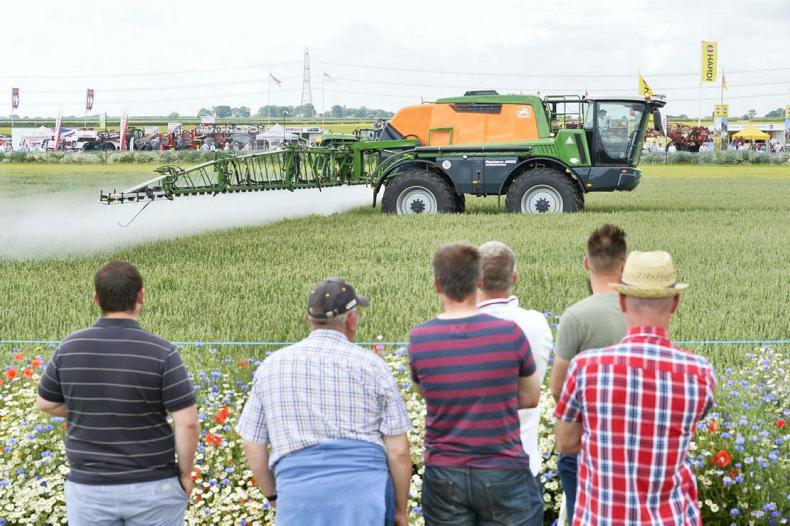
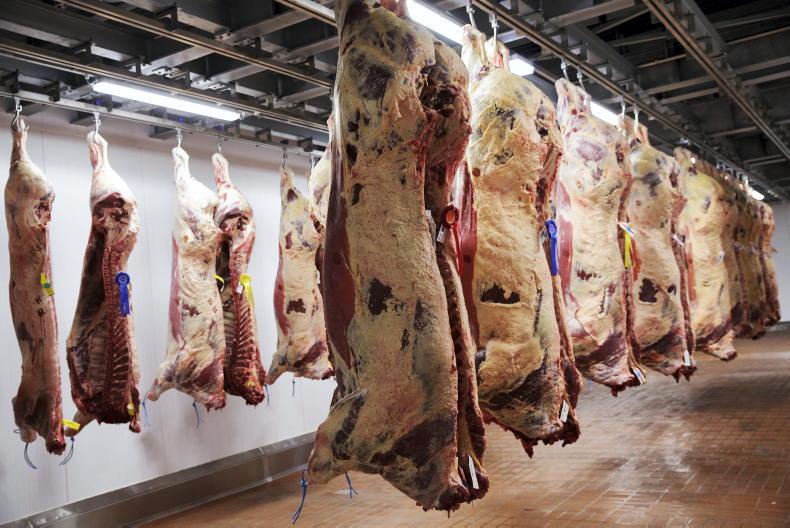

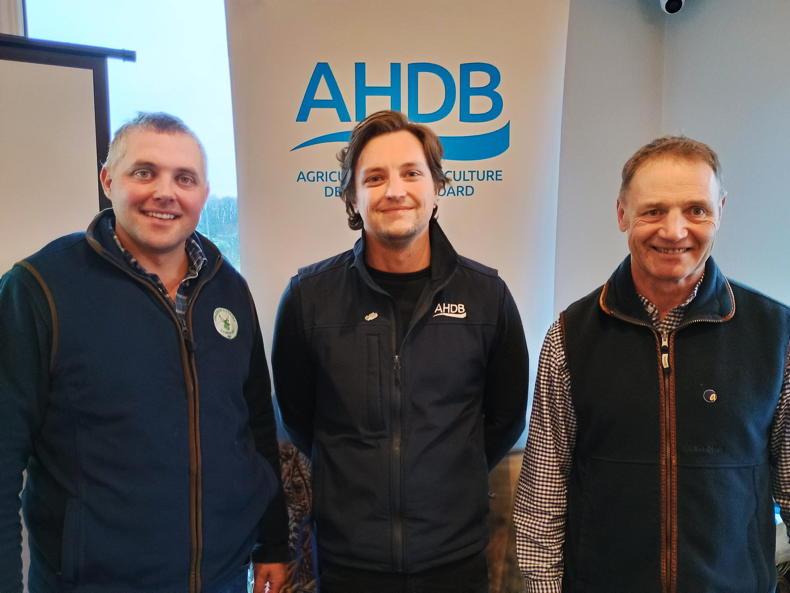
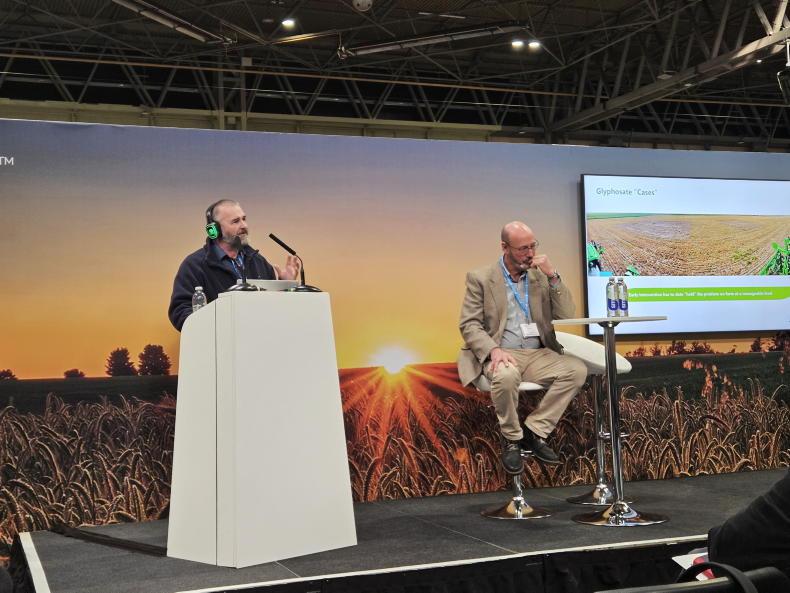
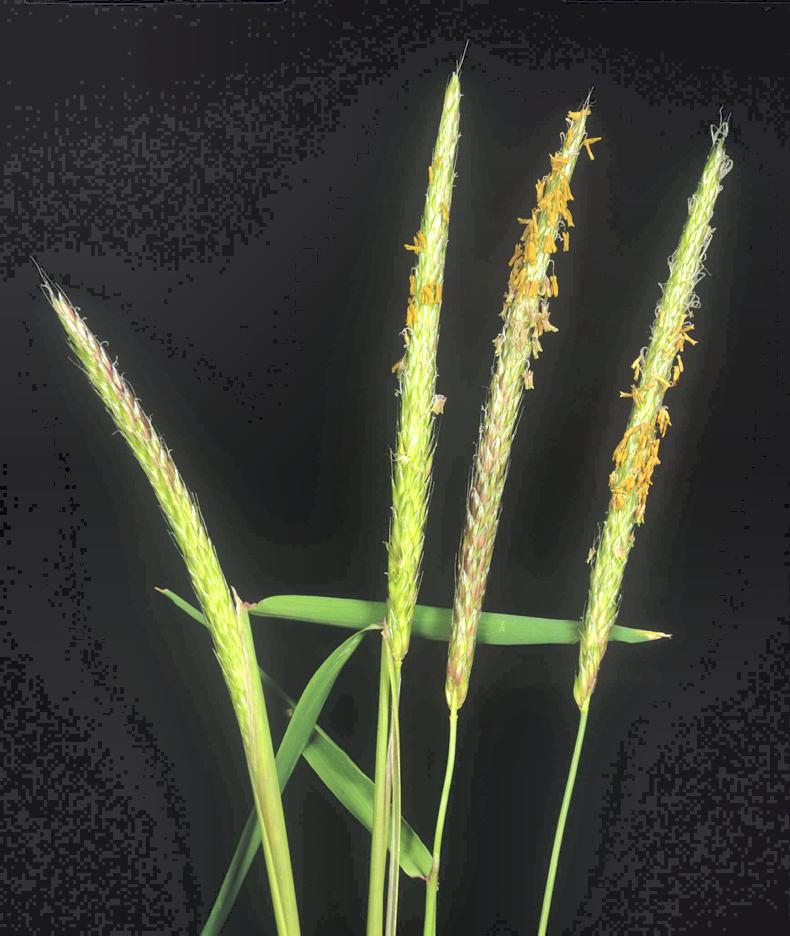
SHARING OPTIONS